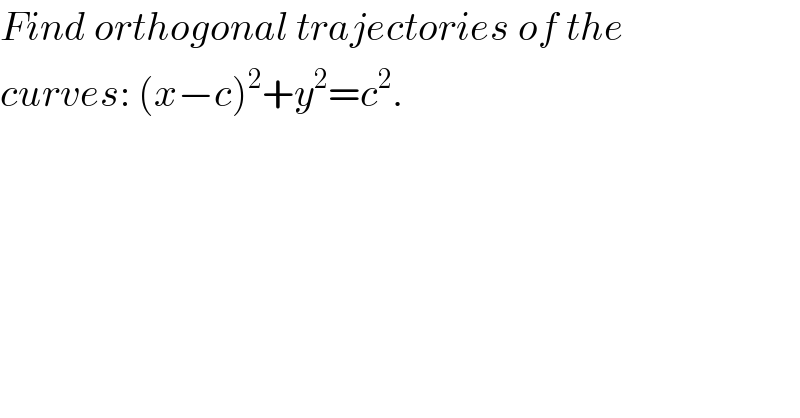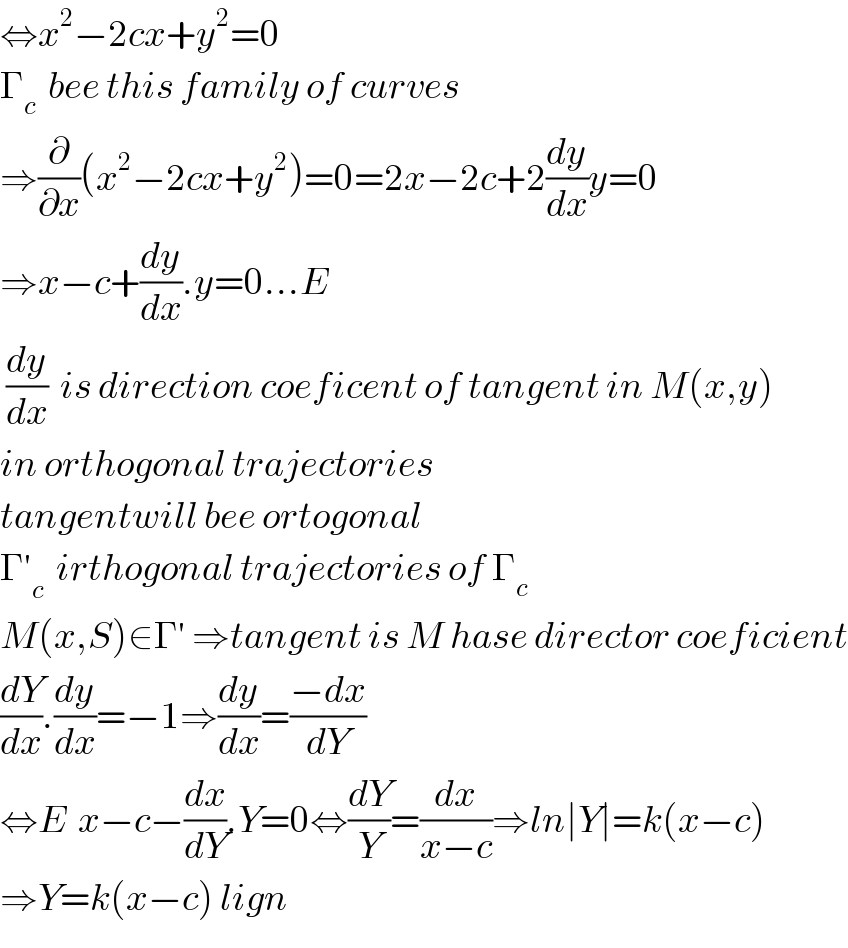Question Number 74040 by Learner-123 last updated on 18/Nov/19

Commented by Learner-123 last updated on 18/Nov/19

Answered by mind is power last updated on 18/Nov/19

Commented by Learner-123 last updated on 19/Nov/19

Commented by mind is power last updated on 19/Nov/19

Commented by Learner-123 last updated on 19/Nov/19

